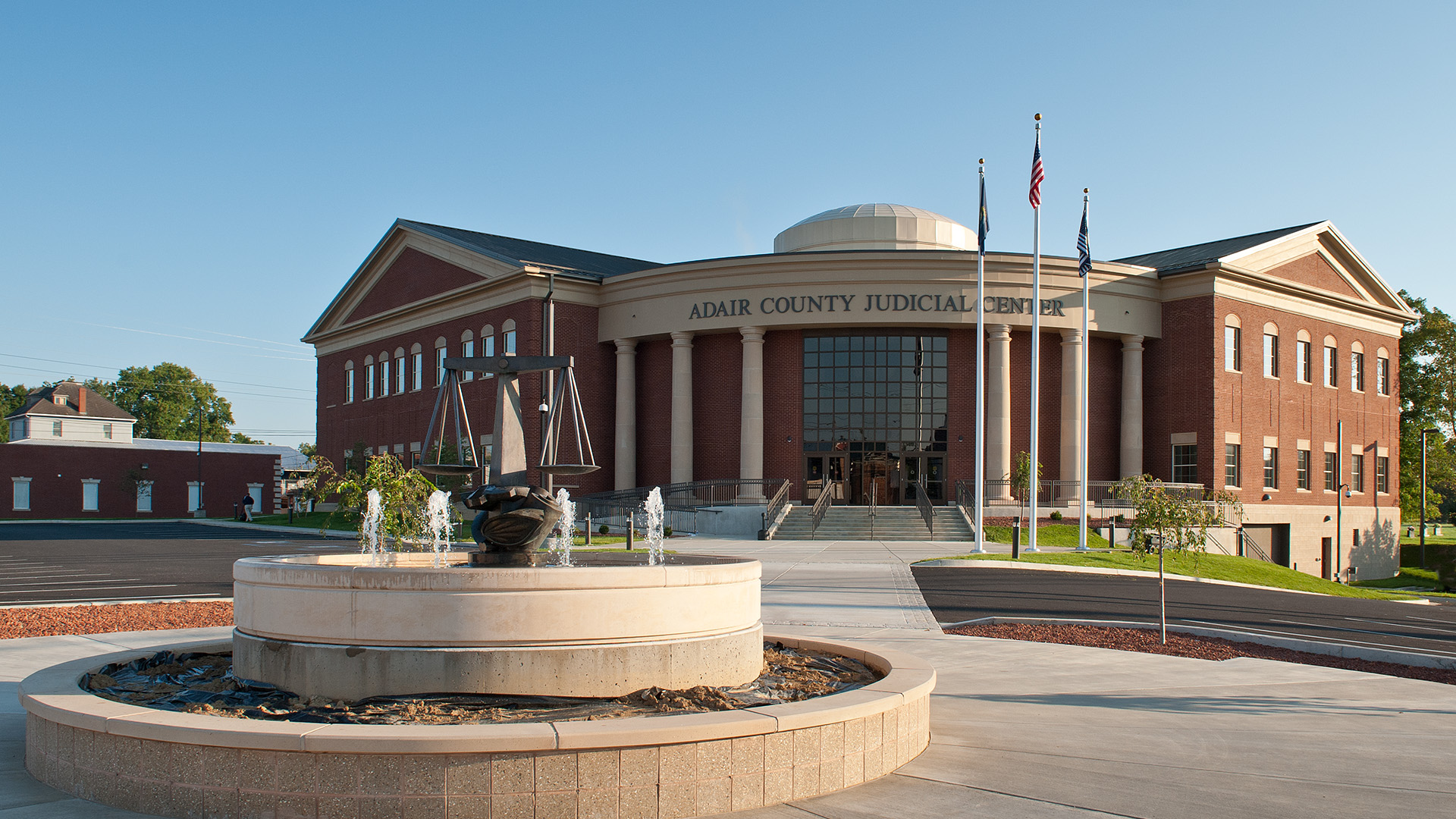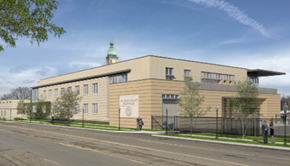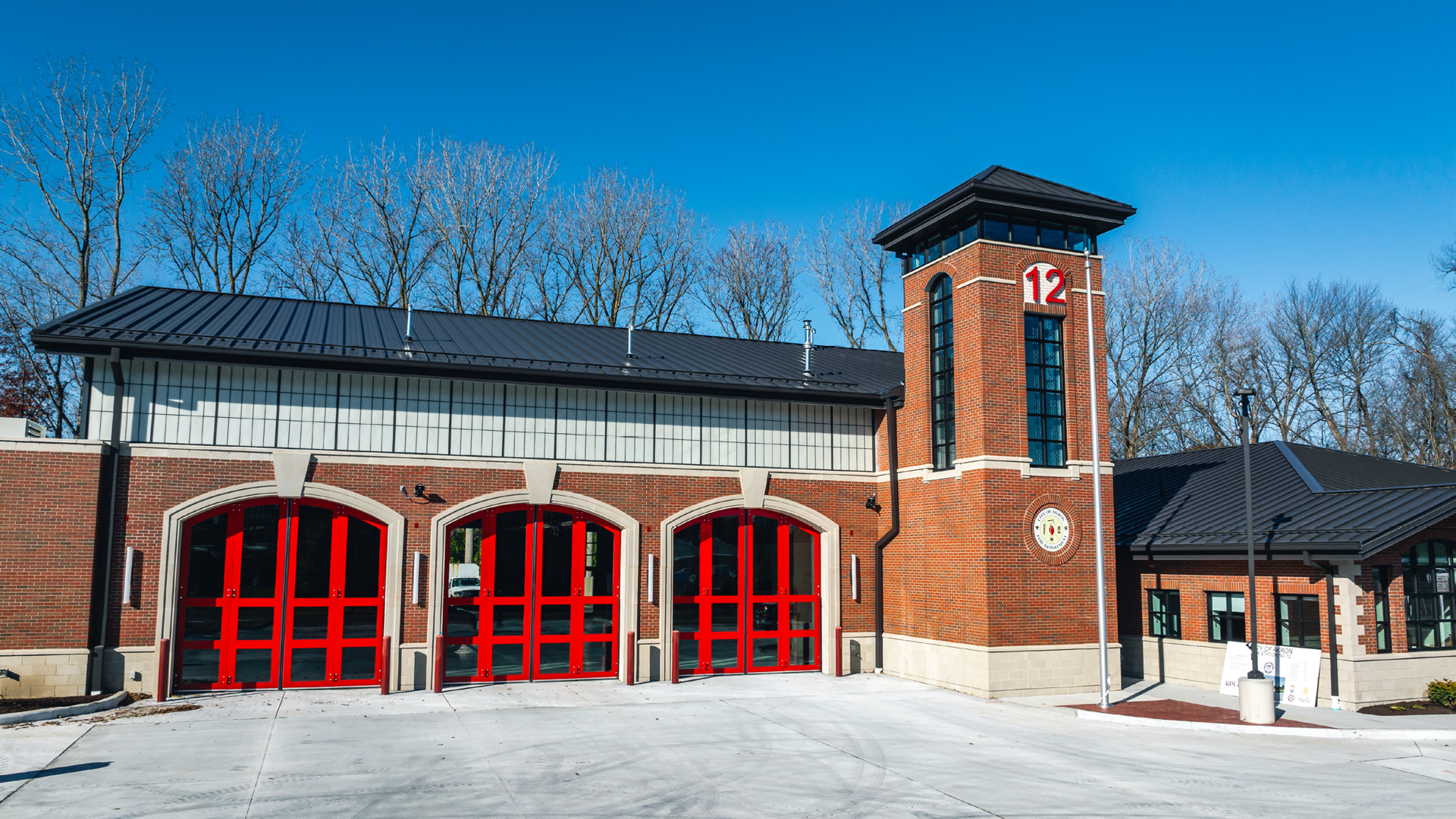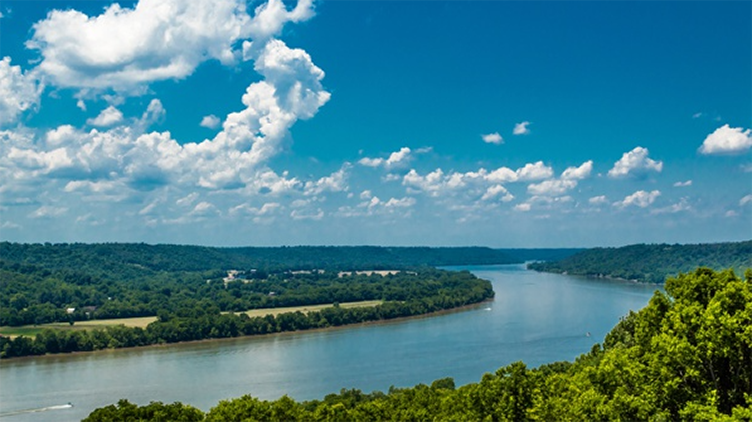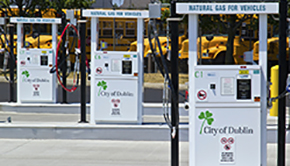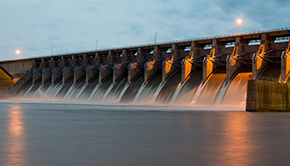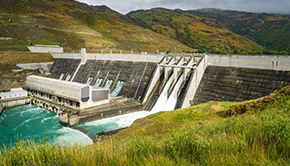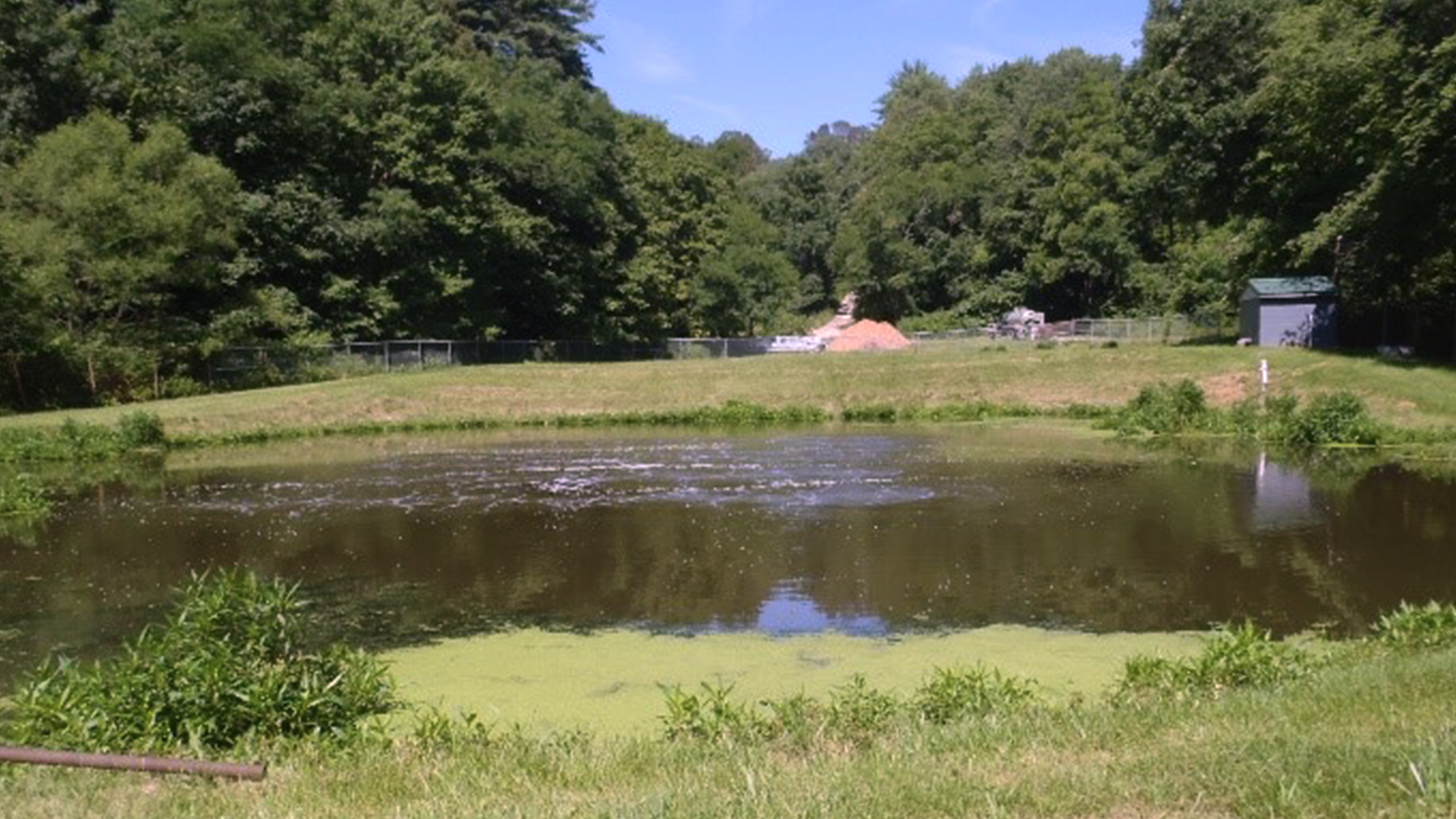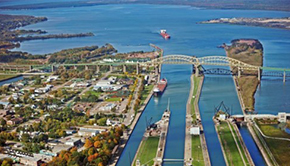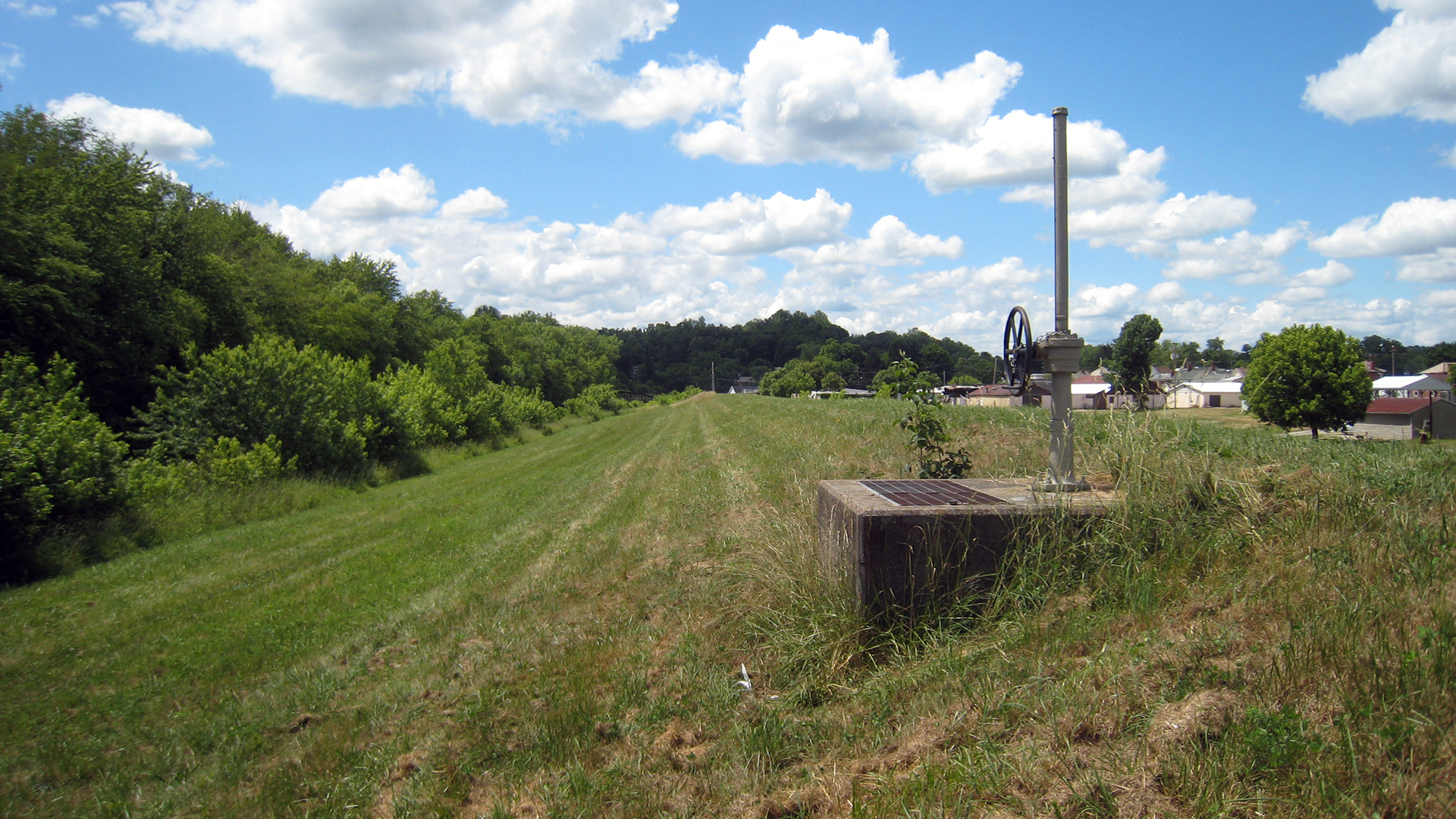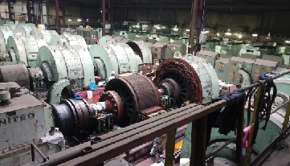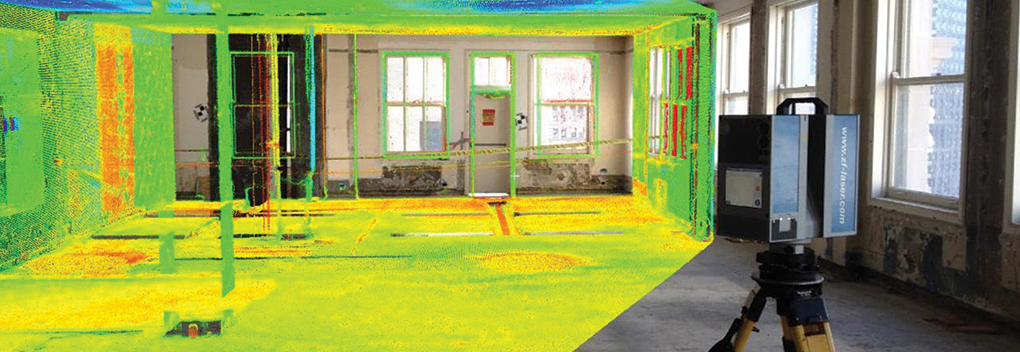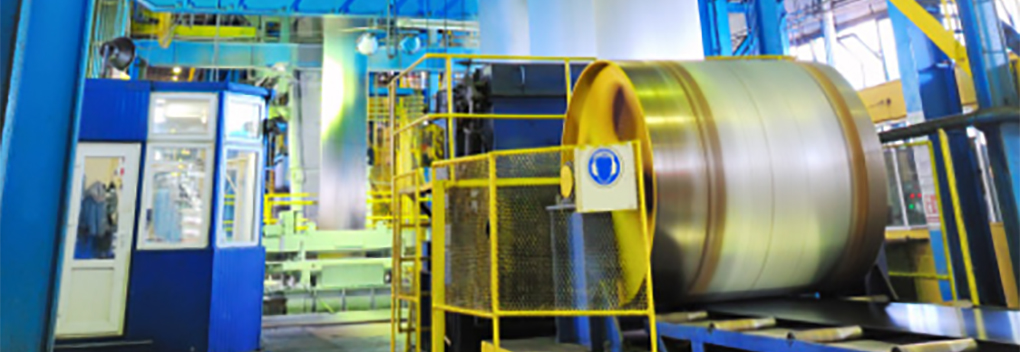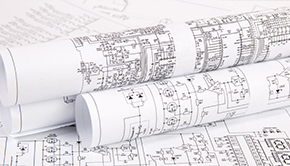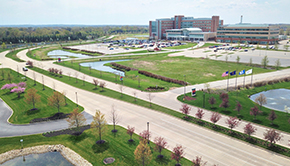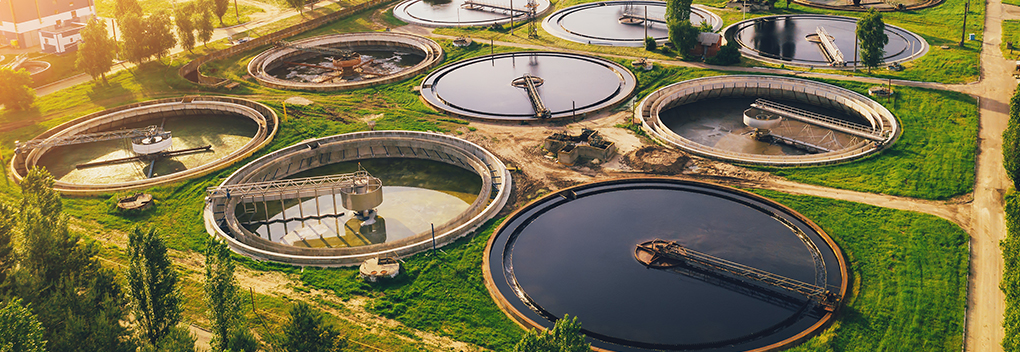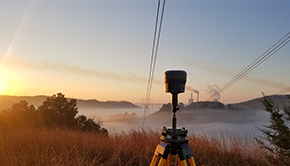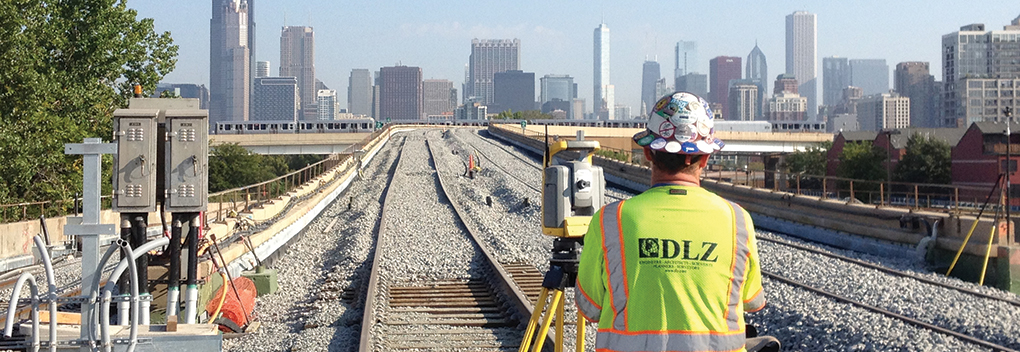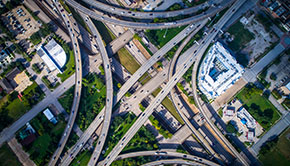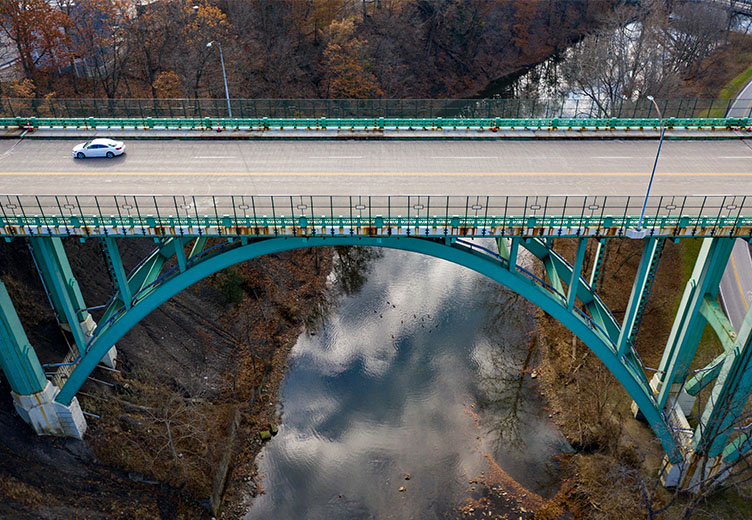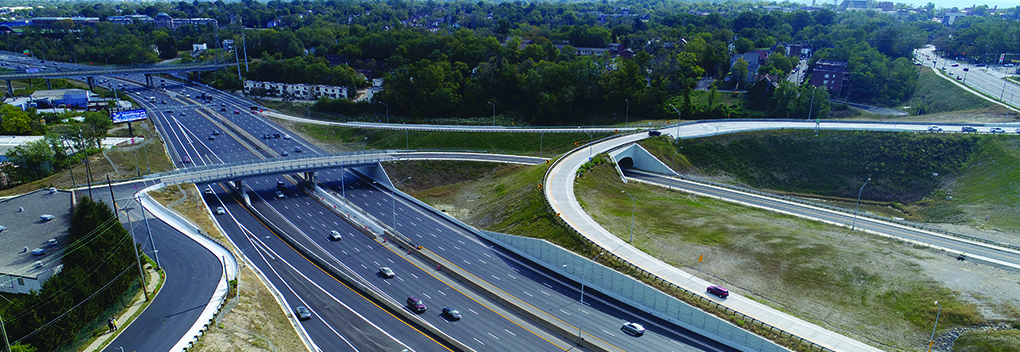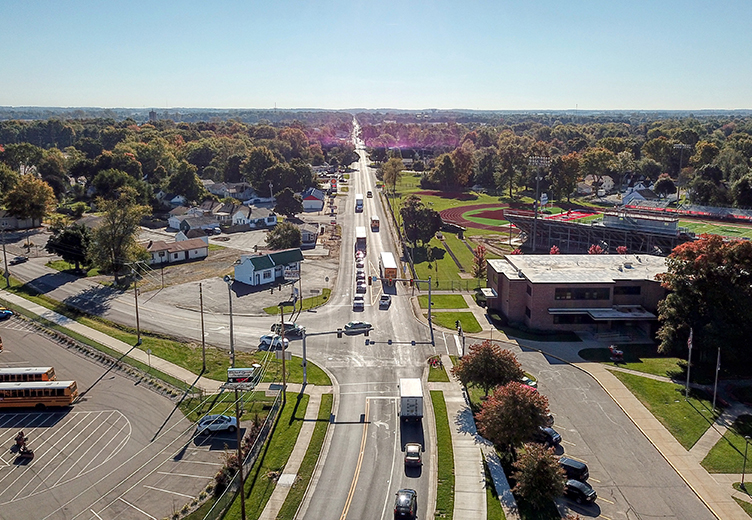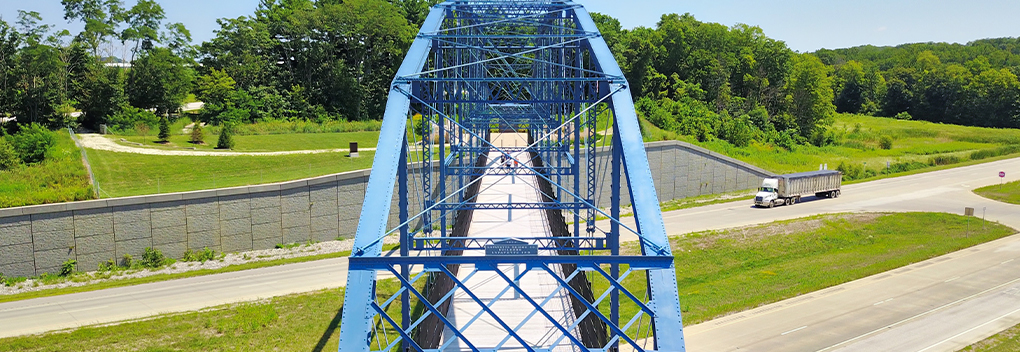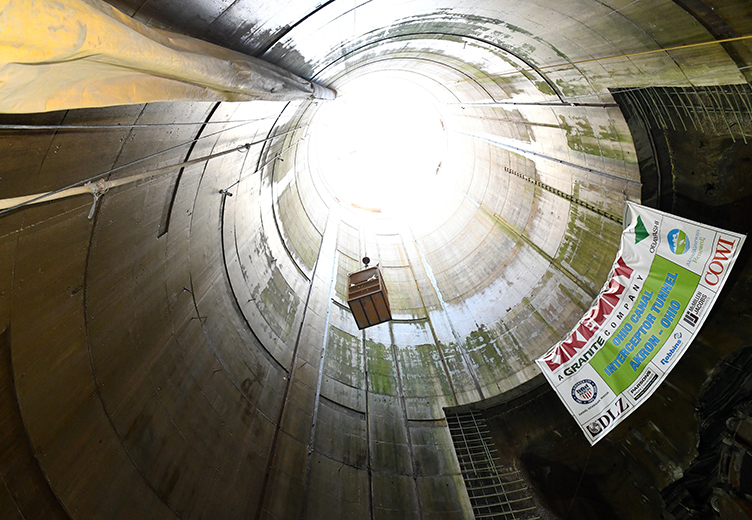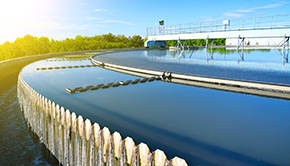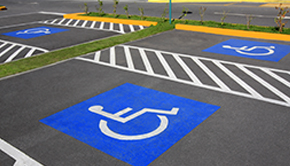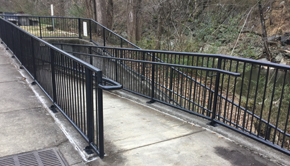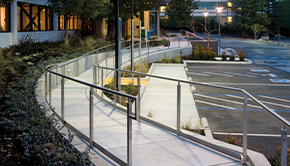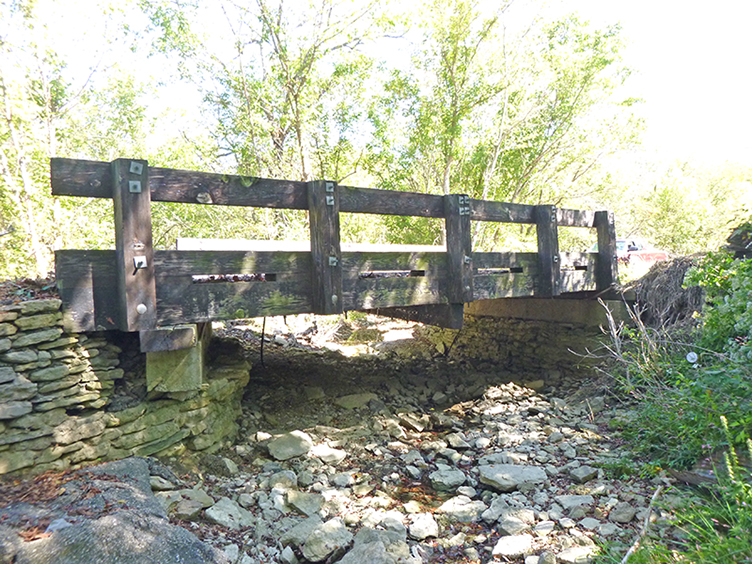 The National Bridge Inspection Standards (NBIS) require that every publicly-owned, bridge-sized structure carrying traffic must be inspected every 24 months as a means to ensure the safety of the traveling public and keep our transportation system moving. But what is a bridge-sized structure? Isn’t any bridge a bridge? Not in this case. The NBIS defines a bridge-sized structure as “an opening measured along the center of the roadway of more than 20 feet between (faces) of abutments or spring lines of arches, or extreme ends of openings for multiple boxes; it may also include multiple pipes, where the clear distance between openings is less than half of the smaller contiguous opening.” That means that the clear span under a bridge or the distance from one side of a culvert system to the other has to be more than 20 feet.
The National Bridge Inspection Standards (NBIS) require that every publicly-owned, bridge-sized structure carrying traffic must be inspected every 24 months as a means to ensure the safety of the traveling public and keep our transportation system moving. But what is a bridge-sized structure? Isn’t any bridge a bridge? Not in this case. The NBIS defines a bridge-sized structure as “an opening measured along the center of the roadway of more than 20 feet between (faces) of abutments or spring lines of arches, or extreme ends of openings for multiple boxes; it may also include multiple pipes, where the clear distance between openings is less than half of the smaller contiguous opening.” That means that the clear span under a bridge or the distance from one side of a culvert system to the other has to be more than 20 feet.
The magic number is 20 feet. Every public bridge or culvert over 20 feet long should be inspected on a regular basis to check for maintenance issues, deficiencies, and functionality. In order for each State to stay in compliance with the Federal mandate, a trained eye needs to inspect each of those structures every 24 months. What if your bridge only spans 19’-10”? What if you have a culvert made up of three, 6-foot diameter corrugated metal pipes? Any structure 20 feet or less is considered a small structure, and several counties and cities have vast small structure inventories that have no requirements for inspection by the Federal Highway Administration (FHWA). The 1968 Federal-Aid Highway Act limited the bridge inventory to Federal-Aid highway system bridges. After the Surface Transportation Assistance Act of 1978 was passed, NBIS requirements were extended to include bridges greater than 20 feet on all public roads. These requirements enforce the inspection of over 605,000 bridge-sized structures in our nation. There is really nothing magic about 20 feet; the government just needed a reasonable cutoff for funding and it is easy to see that this system covers a great number of bridges. Structures 20 feet or less are not part of this system, however, and their inspection is the Owner’s responsibility. If you are unsure whether or not someone is inspecting the small structures in your inventory, then it’s possible they are not being inspected regularly, if at all.
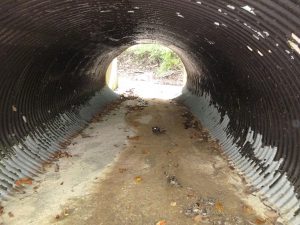
It costs money to have an inspector look at all these structures. Money that could be used to fill a pothole, replace a light pole, patch a barrier, or replace a culvert. True. The initial price of small structures inspections often seems like a burden, but the advantage can well outweigh the cost. These inspections help the LPA to understand the status of all their small structures so that maintenance and repairs can be prioritized. Simply developing an inventory of small structures for an LPA is a great start and can be a good resource on its own for planning maintenance.
DLZ recommends that you contact a trained inspector and discuss your small structures inventory and any structures or areas of concern. An inspector can help develop an inventory of structures, prioritize inspection with help from the LPA, perform inspections, and return information to the owner about maintenance and repair needs and prioritization, and even replacement recommendations. This information will allow the LPA to make informed decisions in budgeting for future maintenance and repair.
DLZ has a team of bridge inspectors that has performed thousands of bridge-sized and small structure inspections throughout Indiana, Kentucky, Michigan, and Ohio. Our expertise and guidance has allowed LPAs to prioritize funding while maintaining road safety for their communities. Make sure someone is looking at your small structures and let us know if we can help.

